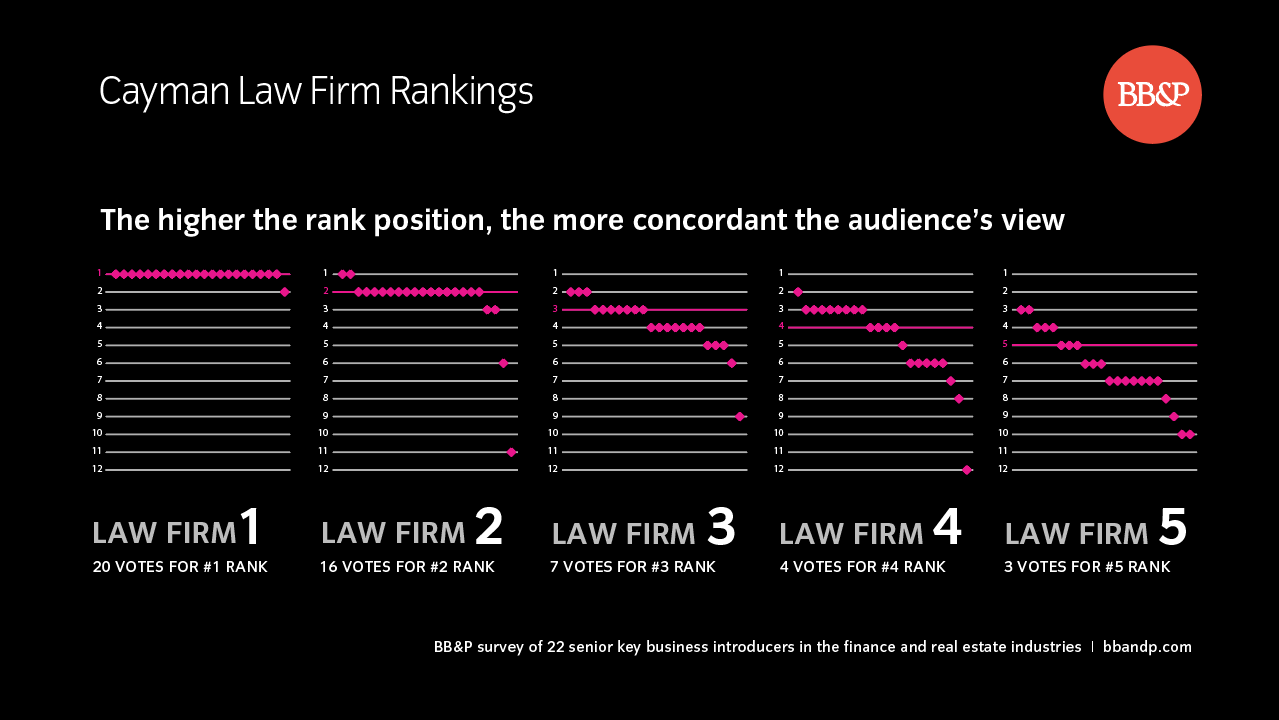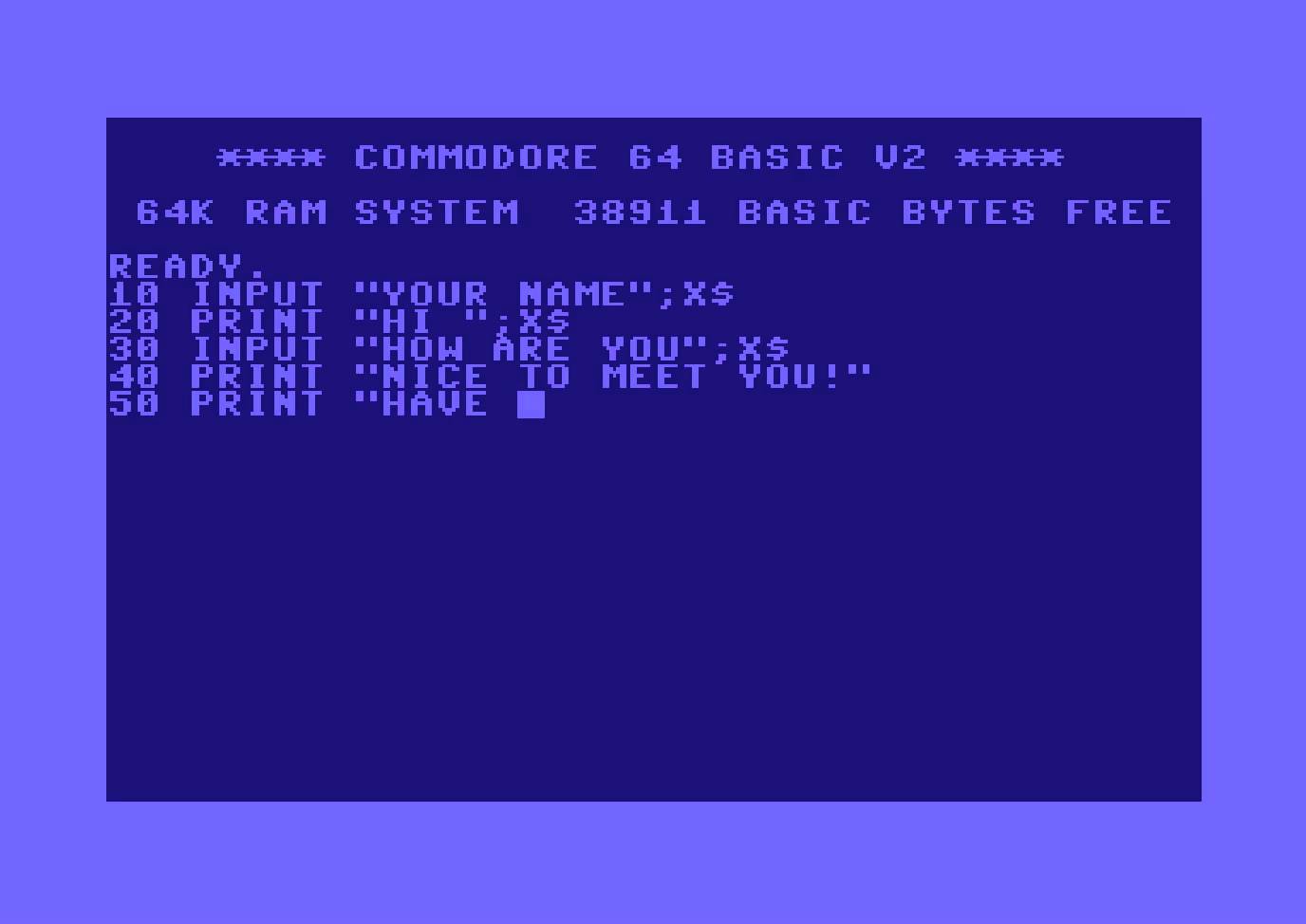Back in the day as a cub art director, and desperate to prove myself, I’d make myself physically sick with the effort of trying to crack a creative brief. The deadline, the creative director, the client, my peers in...
Back in the day as a cub art director, and desperate to prove myself, I’d make myself physically sick with the effort of trying to crack a creative brief. The deadline, the creative director, the client, my peers in the studio – they meant nothing compared to my own horror of failure.
My creative problem solving strategy in those days was beautifully simple. It was a go-straight-at-it, full-frontal assault on the problem, no cease fire until the solution had been blasted out into the light. Day after day, night after night of brain-bleeding graft. And, God knows, it was a painful, stressful and unsustainable strategy. I detested it.
Fast forward three decades and more, and the problem-solving process is something I now, well, love.
The important things are are all still there – the client, the problem, the creative brief, the deadline – but what’s changed is me. I’ve learned to trust myself (particularly my subconscious mind) and, above all, relax.
What I’ve learned is that the time you’re not working on the problem is as important as the time you’re working on it. Of course you still have to put hard working time in, but that must be balanced with the time you’re doing other perhaps more fun stuff.
Over the years, and hundreds if not thousands of creative briefs, I’ve evolved a reliable problem-cracking process. Here it is:
Step One – Quick Grasp of the Problem
Grab a coffee and glance through the brief. If it’s a good one, it’ll be no more than two pages, concise and easy to understand. The problem should stand out like a big ugly toad on a lily pad.
Step Two – Initial Instinctive Thoughts
Right away, pick up your trusty, sharpened HB pencil and your note pad and throw down all your initial thoughts and questions. Where have you seen a problem like this before? How was it solved? Get the obvious cliches out. Oh, and that crazy, completely undoable idea that you’d never utter out loud to the rest of the team. Go have lunch or walk the dog.
Step Three – Intensive Cramming
This is where you carefully re-read the brief, the back-up research, the existing competitive precedents. Hit Google. Behance. Pinterest. The client’s archive files of old campaigns. Do this until you’ve wrung out all the background, evidence, logic and research there is. Then stuff your brain with as much as it can take. You’ll know when it’s time to go to Step Four.
Step Four – Sleep, Have a Beer, Standup Paddle
Suppress the urge to keep working. Follow your regular routine and let your brain off the leash. It’s tempting to tie one on in the hope you’ll have that brilliant, uninhibited flash of inspiration. It does happen. But if it doesn’t come and the next day you have both a monster hangover and killer deadline, it’s no fun any more. This time off is when the idea is gestating, percolating. Particularly at night when your conscious mind’s asleep.
Step Five – Intensive Creative Focus
Hit the drawing board. It’s time to pop those babies out. Sometimes they’ll appear as embryonic twinklings. Often they just present themselves as fully formed adolescents – especially if you’ve properly nourished yourself with all the knowledge in the earlier stages. Work them up into fully-fledged concepts. Allow one thought to spawn another as you burn through pads and pencils. The real glory happens when you’ve produced one potential winner and the post-partum ecstacy inspires a clutch more. But often as not, nothing comes. So it’s rinse and repeat with Steps Four and Five as necessary.
Then, if all else fails and the deadline about to crush you, go back to Step Two and go with those beauties you jotted down on your first note pad.
The post Cracking It. Relax. There’s a trick to solving creative problems. appeared first on BB&P Blog.











